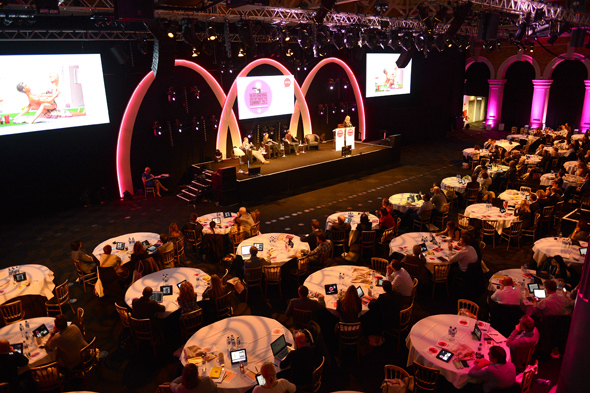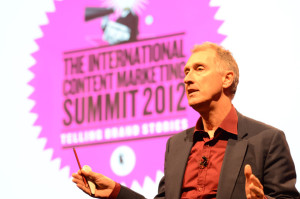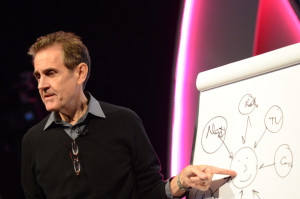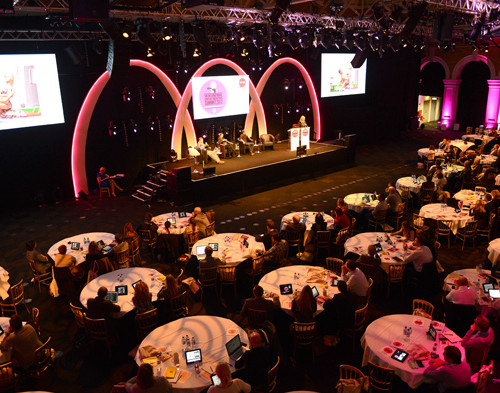
As an industry predicted to become a £1.2 billion sector by 2015, the Content Marketing Association’s (CMA) third International Content Marketing Summit: Telling Brand Stories, provided some interesting insights into the future of content.
Jon King, Managing Director of Story Worldwide, Melanie Howard, Executive Chair, of Future Foundation and Matthew Guest, Senior Manager at Deloitte Digital used their crystal balls to outline their idea of the future.
 Storytelling will be key. In a time when Nielsen research shows that they key drivers to purchase are (in order of influence) people you know, other people’s opinions online, editorial, branded websites and actively requested emails it is logical to move from the traditional advertising model backed up by media spend to leveraging conversations to exert influence through brand stories.
Storytelling will be key. In a time when Nielsen research shows that they key drivers to purchase are (in order of influence) people you know, other people’s opinions online, editorial, branded websites and actively requested emails it is logical to move from the traditional advertising model backed up by media spend to leveraging conversations to exert influence through brand stories.
The future of content is also inextricably linked to technology. Moments of rich connectivity will become even more common place. At the end of the year, for the first time, a technological device will tip the scales as a 1 billion category. The average person now has six devices that can be classified as a computer and this will grow. Deloitte predicts that there will be more computers in the typical living room than scatter cushions by 2014. Wearable technology will be top of the Christmas list 2013 and cars will drive themselves with Audi and Mercedes launching such models next year.
Four consumer trends that were identified were:
- Magic nostalgic: creating new manifestations of a brand that bring warmth and comfort of the past to the present
- Desire for experimental: taking more risks in an over opinionated world
- Gamification: not a new trend, but one that will continue to dominate
- Native marketing: the desire to share and the opportunity to create advocates
Of course, the future by its nature is uncertain. Therefore a valuable lesson to delegates was how to create their own metaphorical crystal ball. Key to this is three lane thinking: the speed of change, which enables you to apply your understanding of trends.
- Slow lane: infrastructure, climate and regulation
- Medium lane: social values and demographic change
- Fast lane: fashion, music
 Finally, Dave Trott, key note speaker and Executive Creative Director, CSTTG, defined the three principles behind having a successful conversation: impact, communication, persuasion, which must happen in order. Otherwise the conversation dies. £17 billion of marketing spend is wasted because many marketing campaigns start with persuasion, not at the top of the conversation funnel.
Finally, Dave Trott, key note speaker and Executive Creative Director, CSTTG, defined the three principles behind having a successful conversation: impact, communication, persuasion, which must happen in order. Otherwise the conversation dies. £17 billion of marketing spend is wasted because many marketing campaigns start with persuasion, not at the top of the conversation funnel.
Content marketing is a channel based around conversation, the future, irrespective of what it holds, therefore looks bright.






